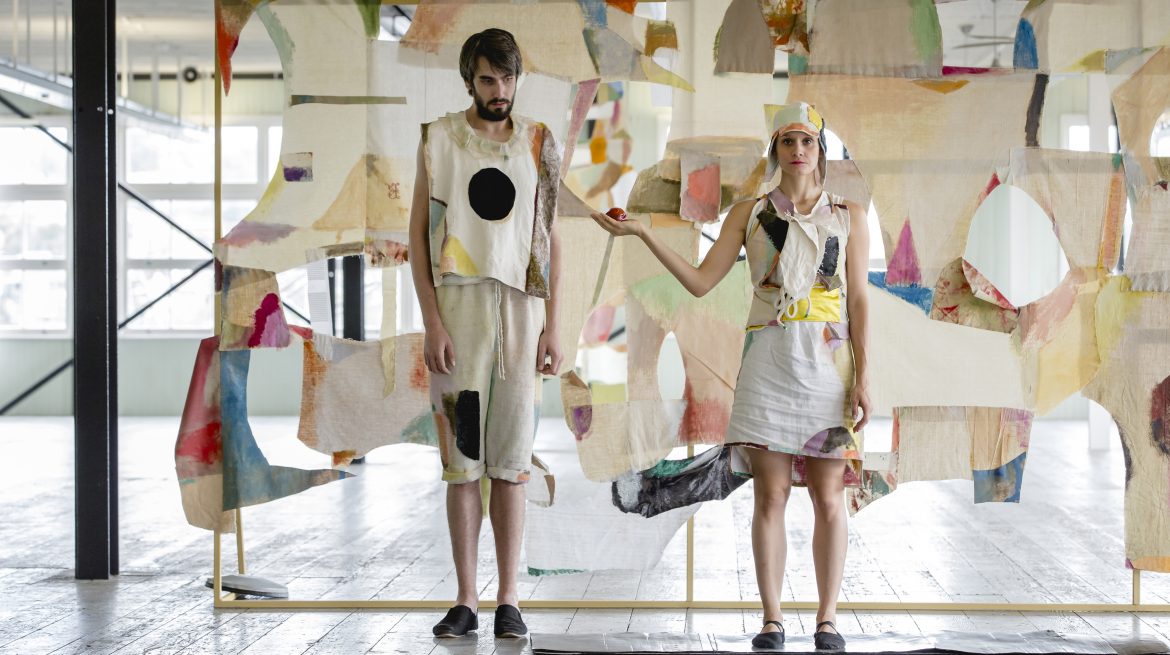
Alexis Teplin, The Politics of Fragmentation, 2016, Oil & pigment on linen, metis linen, velvet and canvas, 284 × 426 cm. Installation view: Arch (The Politics of Fragmentation), 20th Biennale of Sydney, 2016. Courtesy of the artist and Mary Mary, Glasgow

(b. 1984, London, UK) works across video, sculpture, performance, music and text to reflect on the impact of colonial histories, exploring notions around race, class and culture in the digital age.
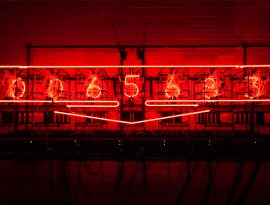
(b. 1965, Jersey, Channel Islands) is a conceptual and data artist who explores the relationships between gender, technology and systems of power.

(b. 1988, Glasgow, UK), makes abstract and figurative paintings often concerned with ‘celebrating futile attempts at communications in human relations.’

(b. 1977, Salisbury, UK). Brown’s artistic practice is rooted in ideas about the rural: the tension between town and country, environmental destruction and the beauty of the English landscape in the popular imagination.

(b. 1982, New York, USA) creates site-specific installations which engage with contested urban spaces, where political, commercial and ecological concerns intersect.

(b. 1977, Exeter, UK) makes vivid, small-scale landscapes integrated into wooden frames that transform them from flat paintings into sculpture.

(b. 1978, London, UK) questions notions of completion, permanence and originality in animation, photography and collage.

(b. 1978, Sharjah, UAE). Farah’s subtle and complex art uses natural dyes, historic linens and materials from significant sites to create ceramic vessels and paintings that trace squares, grids or maps.

(Rebecca French b. 1973, London, UK; Andrew Mottershead b. 1968, Manchester, UK) are an artist duo that use photography, video, sound, installation and online interventions to reframe our relationship with familiar locations.
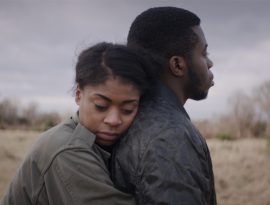
(b. 1990, Leicester, UK) works closely with a team of collaborators, including actors, poets and musicians, to make moving image artworks, music videos and photographs about the experience of living in London and the politics of racial identity.
(b. 1980, London, UK). Healy’s work encompasses a range of media, including video, sculpture, installations and print, and often considers the relationship between art and design.
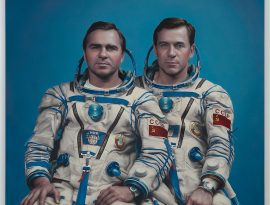
(b. 1970, Wiltshire, UK) creates texts, drawings and paintings using meticulous techniques to explore the possibilities of visual obituaries of deceased British and international figures.

(b. 1981, Norwich, UK) works in animation and sound, drawing on literature to create multi-sensory landscapes which question physical and metaphorical boundaries.
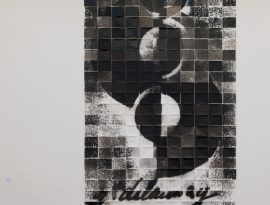
(b. 1981, Zürich, Switzerland) employs a range of media to explore notions of copyright and authorship.
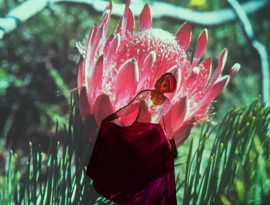
(b. 1973, Zürich, Switzerland) works in film, photography, installation and sound, exploring social memory and blind spots of history.

(b. 1984, Harare, Zimbabwe) examines the materiality of our environment through a range of media including film, photography and sculpture.
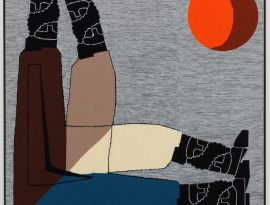
(b. 1974, Hong Kong) bestows both monumental grandeur but also caricatural qualities to the figures in her works, which weave together a pattern of cross-cultural references.

(b. 1976, California, USA) is a painter whose practice expands beyond the limits of the frame, to include writing, performance, costume and at times moving image.

(b. 1991, New York, USA) reverses and subverts the all-too-familiar male vision of women’s bodies by presenting her own intimate female perspective on desire, the male body and vulnerability.
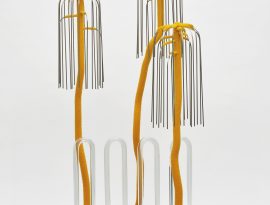
(b. 1980, Huddersfield, UK). Trayte’s work ‘reinterprets modern consumer behaviour and explores the psychology of desire through surface, material and light.’

(b. 1985, Keighley, UK). Varley’s moving image practice examines the limitations and possibilities of new communication technologies and how they are changing the way in which individuals, governments and corporations interpret reality.

(b. 1969, Munich, Germany) is an artist and cultural activist who works in film, installation and photography. Often working collaboratively, Zimmerman explores the intersection of public and private memory, particularly in relation to structural and political violence.